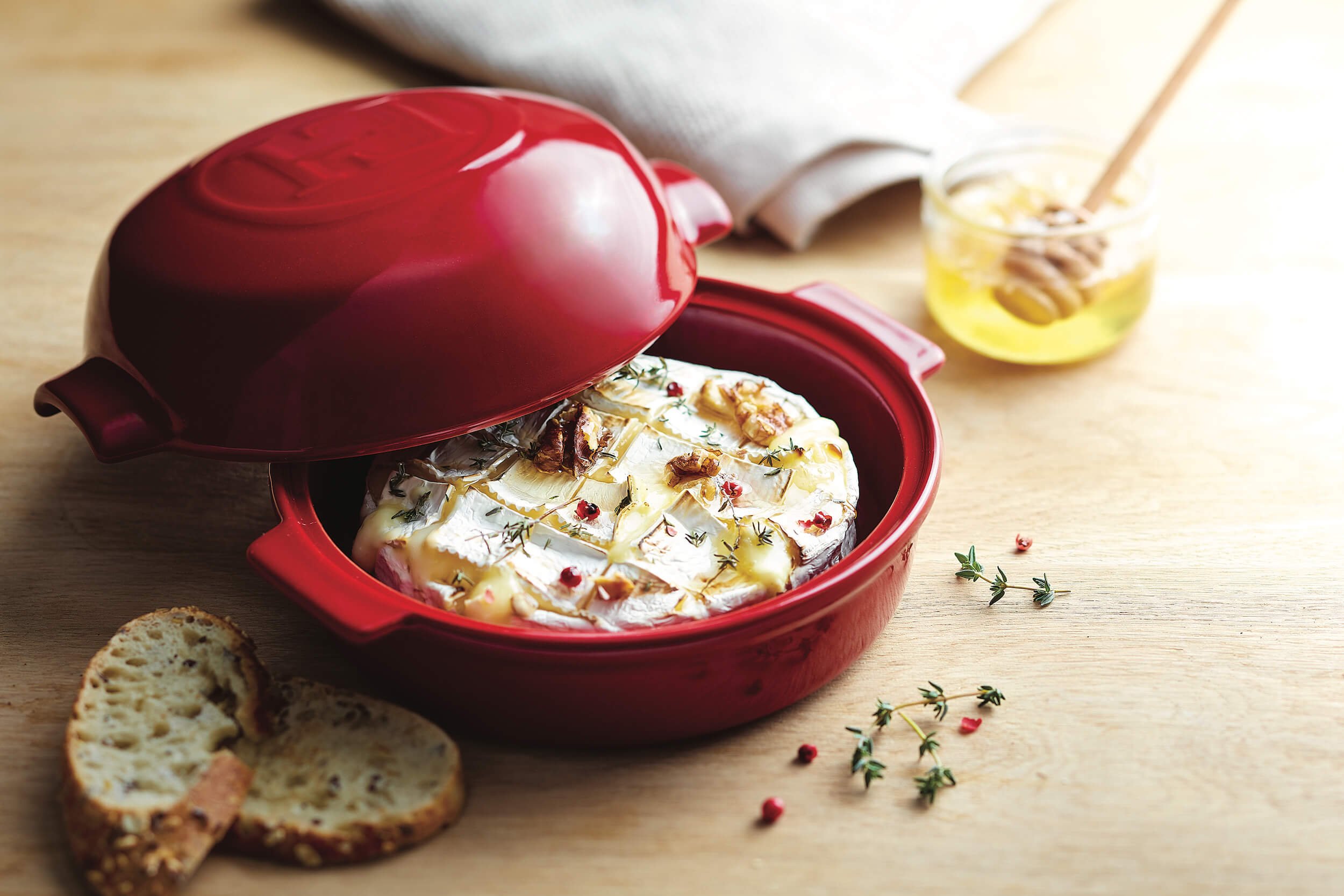Kaiseki meals can be very expensive and very elaborate. This style of dining originally came from Kyoto where dishes tended to be mild flavored but today they range from very traditional to very cutting edge. Our first kaiseki meal was at a tiny restaurant in the upmarket Roppongi section of Tokyo. La Bombance has only 9 seats at the bar and one table for 4. The chef, Makoto Okamoto, came from a very well-known restaurant but now places all his attention on a select group of diners each night. In fact, the reservations are staggered to allow him to carefully attend to each person.
We began our 9 course meal with a miso soup that had uni or sea urchin, mushrooms, mellow sesame tofu, and a dab of pungent mustard. It was somehow both soothing and exciting.

Next came a duo of vegetables and a breaded fried oyster served with a creamy basil sauce. The spinach and matsutake mushrooms were in a citrus ponzu sauce dotted with tangy pickled chrysanthemum petals.

Next a rice ball “ongiri” with sanma fish and a dab of spicy yuzukosho, a condiment made from yuzu and chili.

The foie gras course was a revelation, served with a piece of tender eggplant and covered in a sauce made from minced quail and fresh oniony leeks.

Salmon roe or ikura was served with a dab of fresh wasabi, over a newly harvested rice which was sweet and slightly sticky. This dish was a bit like an unstructured sushi.

The second soup was made with pike and fresh herbs in a clear broth. It had mushrooms, shrimp and a squeeze of sudachi lime.

Another surprise was the combination of roasted chestnut and melted gorgonzola, the bit of cheese complementing the sweet starchy chestnut meat on the side was peto fish and a long bean from Kyoto.

A selection of vegetables was artfully arranged beginning with some peppers, then ginko, peanuts, greens, mini potato chips, and ending with lotus root in a sesame sauce.

The last soup course was also broth-based, with cappelini, and thinly slivered leeks, asparagus, carrot, mushroom, fried beancake and lemon peel.

Finally we ended with a black sesame sherbet and a coconut “surprise” that tasted like blancmange. Taking bites of the cool and slushy but not-sweet sherbet with the soft and creamy, sweet coconut played up the contrasts of each and was a unique version of a black and white combo.

A truly beautiful ending to an amazing meal.





